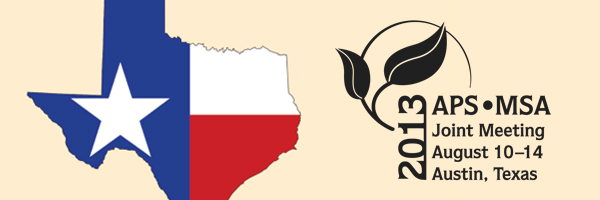APS Homepage
Back

Poster Session: Systematics/ Evolution
© 2013 by The American
Phytopathological Society. All rights reserved.
590-P
Comparative analysis of 35 basidiomycete genomes.
R. RILEY (1), A. Salamov (1), Basidiomycota Consortium (2), R. Blanchette (3), D. Hibbett (4), I. Grigoriev (1)
(1) U.S. DOE Joint Genome Institute, Walnut Creek, CA, U.S.A.; (2) international locations; (3) University of Minnesota, St. Paul, MN, U.S.A.; (4) Clark University, Worcester, MA, U.S.A.
Fungi of the phylum Basidiomycota (basidiomycetes), make up some 37% of the described fungi, and are important in forestry, agriculture, medicine, and bioenergy. This diverse phylum includes symbionts, pathogens, and saprobes including wood decaying fungi. To better understand the diversity of this phylum we compared the genomes of 35 basidiomycete fungi including 6 newly sequenced genomes. The genomes of basidiomycetes span extremes of genome size, gene number, and repeat content. Analysis of core genes reveals that some 48% of basidiomycete proteins are unique to the phylum with nearly half of those (22%) comprising proteins found in only one organism. Phylogenetic patterns of plant biomass-degrading genes suggest a continuum rather than a dichotomy between the white rot and brown rot modes of wood decay among the members of the Agaricomycotina subphylum. There is a correlation of the profile of certain gene families to nutritional mode in Agaricomycotina. Based on phylogenetically-informed PCA analysis of such profiles, we predict that that Botryobasidium botryosum and Jaapia argillacea have properties similar to white rot species, although neither has ligninolytic class II fungal peroxidases. Furthermore, we find that both fungi exhibit wood decay with white rot-like characteristics in growth assays. Analysis of the rate of discovery of proteins with no or few homologs suggests the high value of continued sequencing of basidiomycete fungi.